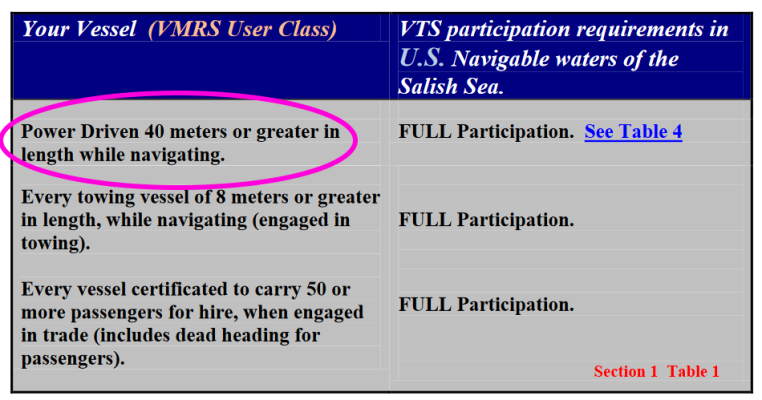Portage_Bay
Guru
- Joined
- Oct 19, 2015
- Messages
- 2,457
- Location
- United States
- Vessel Name
- Pacific Myst
- Vessel Make
- West Bay 4500
The Washington State double ended ferries don't have thrusters.Not sure that was prop wash, I was thinking thrusters
Yes, that's it exactly. We'll see what the authorities have to say.It will come down to this. If both parties had done all the right things, no collision would have occurred. It is the responsibility of both vessels to avoid collision.
If the video tells the whole story both sides effed up.


 He also may wish to review bookings in a Tibetan monk rehab for the duration.
He also may wish to review bookings in a Tibetan monk rehab for the duration.
